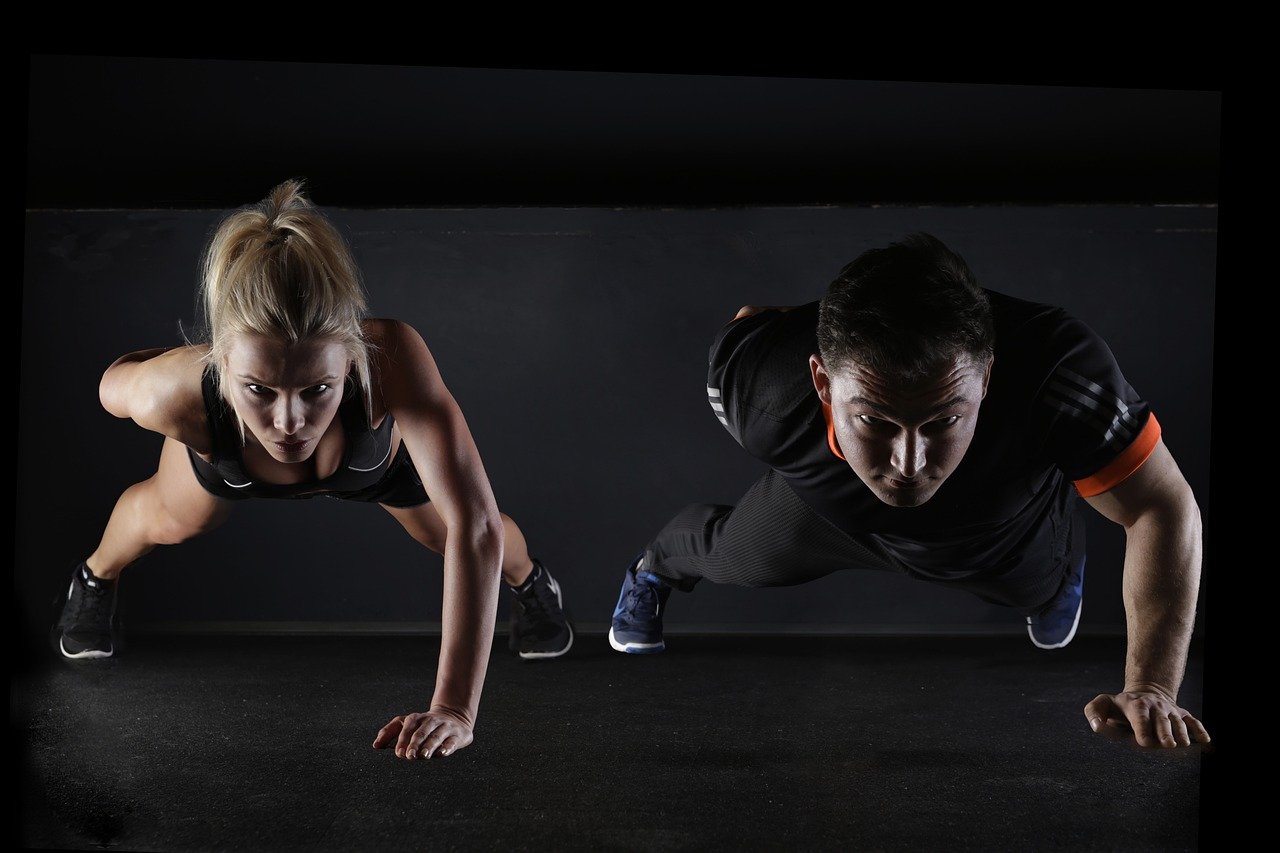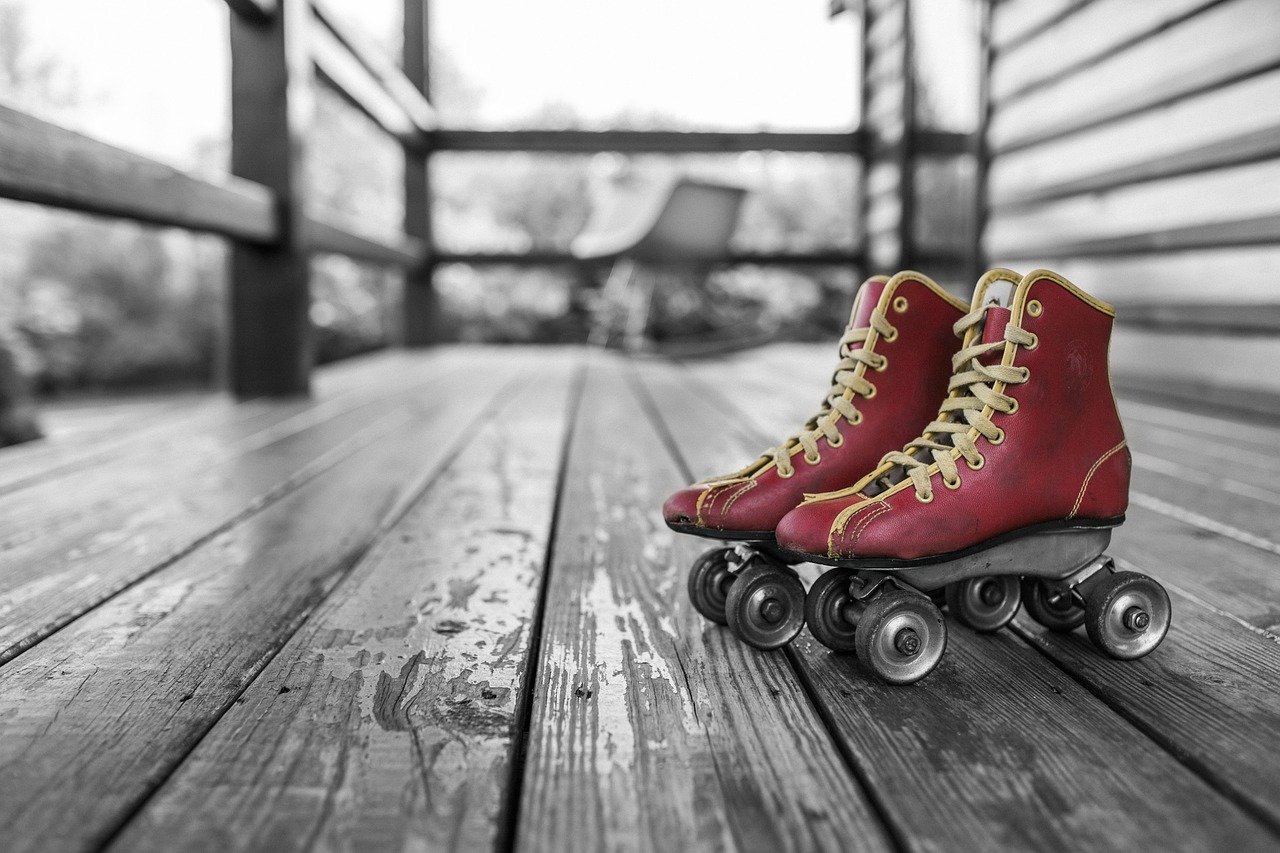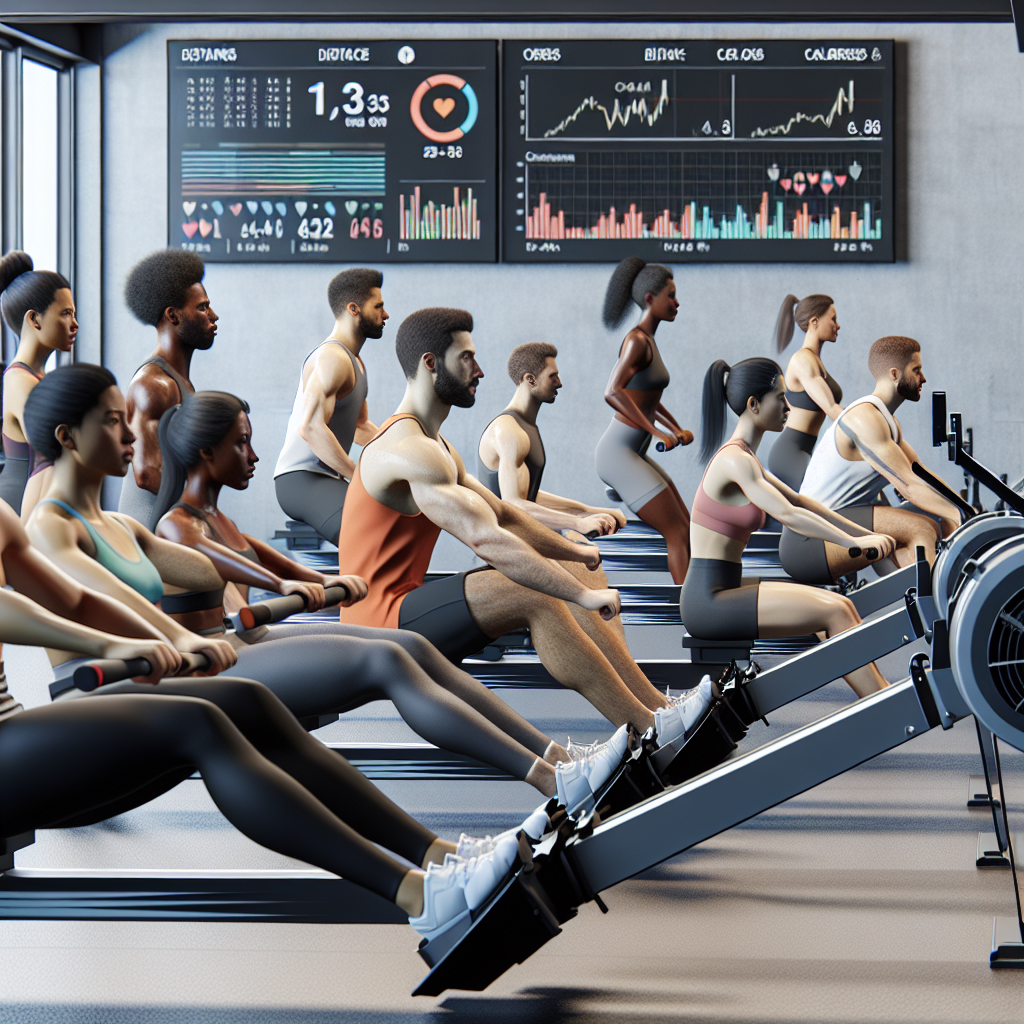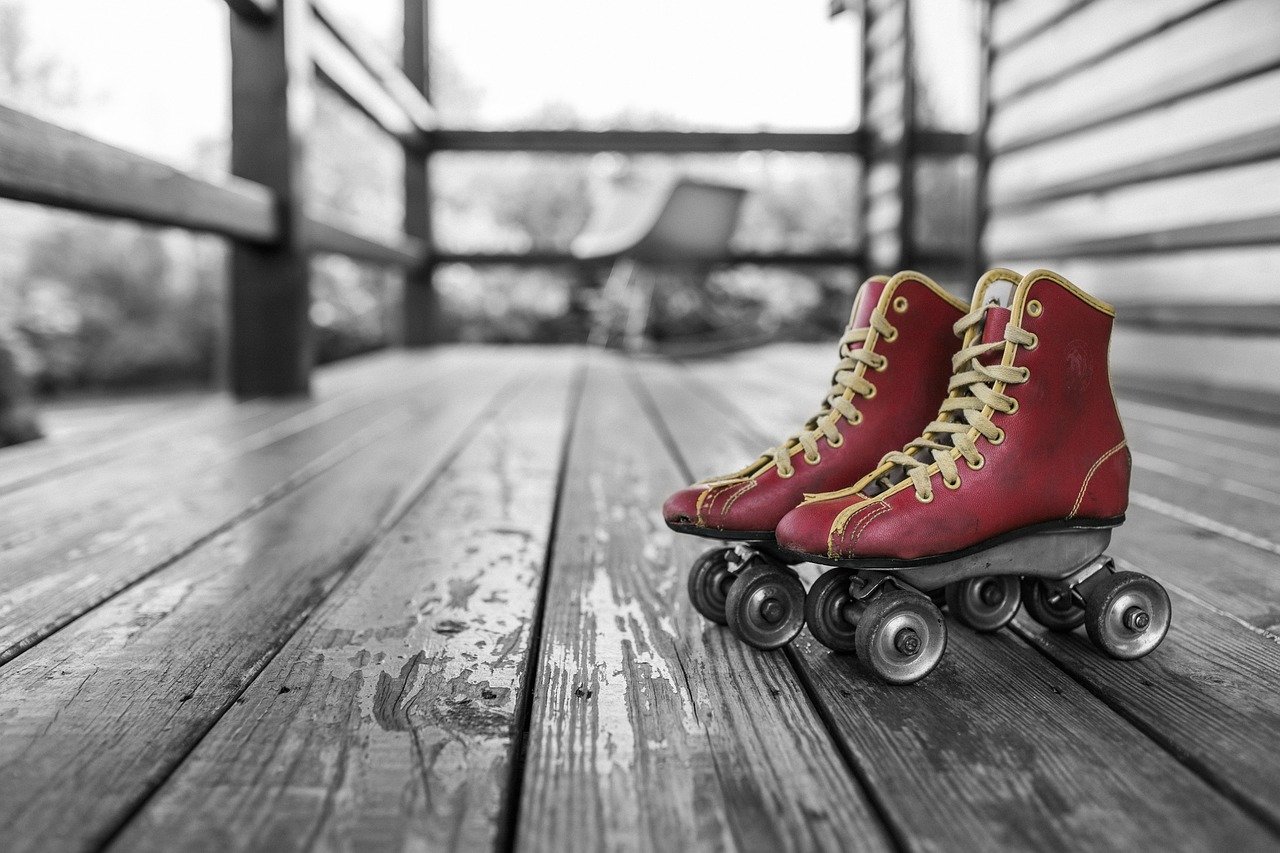Achieving fitness goals is a common aspiration among many individuals, and the use of a rowing machine at the gym can be an effective tool in reaching these objectives. With the availability of modern gym machines, it becomes essential to explore the benefits of utilizing a rowing machine. In this article, I will discuss the advantages of incorporating a rowing machine into your workout routine, the associated costs compared to other gym machines, and provide a concise summary of the key points. By understanding the potential of a rowing machine, individuals can make informed decisions to optimize their fitness journey.

Choosing the Right Gym Rowing Machine
When it comes to choosing the right gym rowing machine, there are a few factors to consider. First and foremost, you need to think about your budget and your needs. Rowing machines come in a wide range of prices, from the more affordable models to the higher-end options. It’s important to determine how much you are willing to spend and what features are essential for your workout routine.
Once you have set your budget, it’s time to compare different rowing machine models. Take the time to research and understand the different types of rowing machines available on the market. Consider the resistance mechanism, the build quality, and the overall design. Look for reviews and comparisons to get a better understanding of the pros and cons of each model.
In addition to researching online, it can be helpful to seek expert advice. Talk to gym trainers or fitness professionals who have experience with rowing machines. They can provide insights and recommendations based on your specific fitness goals and needs. They might also be able to guide you towards the best rowing machine that fits your budget.
Understanding the Benefits of Using a Rowing Machine
using a rowing machine at the gym can offer numerous benefits for your fitness journey. One of the most significant advantages is that it provides a full-body workout. Unlike many other gym machines that focus on specific muscle groups, rowing works out your arms, shoulders, back, legs, and core all at once. This comprehensive workout can help you build strength, improve muscle tone, and increase endurance.
Another key benefit of using a rowing machine is that it offers a low-impact exercise option. The smooth gliding motion of rowing puts minimal stress on your joints, making it a suitable choice for individuals with joint pain or those recovering from injuries. The low-impact nature of rowing can help prevent injuries and provide a safe and effective cardiovascular workout.
Rowing is also known for its ability to improve cardiovascular health. Regular rowing workouts can increase your heart rate and improve your cardiovascular endurance. This can lead to a stronger heart, improved lung function, and better overall cardiovascular health. Incorporating rowing into your fitness routine can be an excellent way to enhance your cardiovascular fitness and boost your overall health.

Setting Fitness Goals
Before you start rowing, it’s essential to identify your fitness objectives. What are you hoping to achieve through your rowing workouts? Are you looking to lose weight, build muscle, increase endurance, or improve your overall fitness level? By identifying your goals, you can tailor your rowing routine to meet your specific needs.
Once you have established your fitness objectives, it’s time to create a plan and track your progress. Develop a rowing routine that includes the frequency, duration, and intensity of your workouts. Outline specific milestones and track your progress over time. Keeping a record of your workouts can help you stay motivated, hold yourself accountable, and identify areas for improvement.
When setting fitness goals, it’s crucial to set realistic and achievable targets. Avoid setting unrealistic expectations that may lead to frustration or burnout. Instead, focus on gradual progress and celebrate small achievements along the way. By setting attainable goals, you will be more likely to stay committed and motivated to continue rowing.
Rowing Machine Technique and Form
To make the most of your rowing workouts, it’s important to learn the correct rowing technique. Start by sitting on the rowing machine with your feet securely strapped in and your knees slightly bent. Begin by pushing back with your legs, using your whole body to generate the power. As you extend your legs, lean back slightly, and pull the handle toward your body, keeping your elbows close to your sides. Reverse the motion by leaning forward, extending your arms, and bending your knees to slide back to the starting position.
Maintaining proper form is crucial in rowing. Focus on sitting tall with a straight back and avoid slouching or rounding your shoulders. Engage your core muscles throughout the rowing motion to provide stability and support. It’s important to use the correct muscle groups, primarily your legs and core, to power through the rowing strokes.
Practicing proper technique and form is essential to prevent injuries and maximize the effectiveness of your workouts. Consider seeking guidance from a knowledgeable trainer or watching instructional videos to ensure you are executing the rowing motion correctly.

Developing a Workout Routine
When incorporating a rowing machine into your fitness routine, it’s important to establish a balanced workout routine. Start by warming up before each rowing session to prepare your muscles and joints for the workout ahead. This can involve a few minutes of light cardio or dynamic stretches.
Design a workout routine that includes a mix of steady-state rowing and intervals. Steady-state rowing involves maintaining a consistent pace and intensity for an extended period. This helps improve endurance and cardiovascular fitness. On the other hand, incorporating intervals, where you alternate between high-intensity and low-intensity periods, can help increase calorie burn and improve overall fitness.
It’s also beneficial to include variations in your workouts. This could involve adjusting the resistance level, changing the stroke rate, or incorporating different rowing techniques. By introducing variety, you can prevent boredom and challenge your body in different ways, promoting continued progress and improvement.
Monitoring and Tracking Performance
To effectively monitor and track your performance on a rowing machine, take advantage of the built-in monitor. The monitor provides valuable data such as distance, time, and strokes per minute. It allows you to track your progress, set goals, and make adjustments to your workouts.
By regularly analyzing your rowing statistics, you can identify areas for improvement and track your overall progress over time. Pay attention to your average split time, which indicates how long it takes to row 500 meters. Aim to improve your split time as you gain strength and endurance.
Monitor your distance covered and time spent rowing to stay motivated and hold yourself accountable. Consider setting mini-goals based on these metrics and rewarding yourself for achieving milestones. Whether it’s rowing a certain distance or completing a specific time duration, acknowledging your progress can help you stay focused and motivated.

Avoiding Common Mistakes
While using a rowing machine, it’s crucial to be mindful of common mistakes that can hinder your progress or lead to injuries. One common mistake is using too much resistance or setting the resistance level too high. While it may seem like a greater challenge, excessively high resistance can strain your muscles and lead to inefficient rowing. Start with a moderate resistance level and gradually increase as your fitness improves.
Another mistake to avoid is rushing through your strokes. Focus on maintaining a smooth and controlled motion, rather than trying to row as fast as possible. By rushing, you sacrifice proper technique and reduce the effectiveness of your workout. Take your time and focus on each stroke, ensuring that you are engaging the appropriate muscle groups and maintaining proper form.
Lastly, don’t neglect the importance of a proper cooldown and stretching routine. After your rowing session, spend a few minutes cooling down by rowing at a slower pace or engaging in light cardio. This helps gradually bring down your heart rate and prevent blood from pooling in your muscles. Follow it up with a stretching routine to release tension and improve flexibility. Stretching can also help prevent muscle soreness and reduce the risk of injury.
Incorporating Other Exercises
While rowing provides an excellent full-body workout, it can be beneficial to incorporate other exercises into your fitness routine for added diversity and enhanced results. Consider combining rowing with strength training exercises to target specific muscle groups and build overall strength.
In addition to strength training, add other cardio exercises to your routine to further challenge your cardiovascular system. This could involve activities such as cycling, running, or swimming. By diversifying your workouts, you can keep your body and mind engaged and prevent stagnation.
Flexibility and mobility exercises are also essential for a well-rounded fitness routine. Incorporate stretching exercises and yoga poses that focus on improving flexibility, balance, and range of motion. These exercises can enhance your rowing performance and help prevent injuries by promoting better body alignment and posture.
Making the Most of Your Rowing Workout
To make the most of your rowing workout and maintain long-term engagement, it’s important to vary your workouts to prevent boredom. Experiment with different rowing techniques, adjust the resistance level, and try different interval patterns. By incorporating variety, you can keep your workouts challenging and engaging, ensuring continued progress.
One aspect you can focus on to continuously improve is your rowing split time. The split time indicates how long it takes for you to row 500 meters. By tracking and working on improving your split time, you can gauge your progress and push yourself to row at a faster pace. This can help increase your overall fitness level and provide a sense of accomplishment.
Another way to challenge yourself during your rowing workouts is by incorporating interval training. This involves alternating between periods of high-intensity rowing and recovery. For example, row at maximum effort for one minute, followed by two minutes of easy rowing. Repeat this pattern for a set number of rounds. Interval training can help improve cardiovascular fitness, increase calorie burn, and push your physical limits.
Tracking Progress and Celebrating Achievements
To stay motivated and celebrate your achievements, it’s important to monitor improvements in distance and time. Keep track of your distance covered during each rowing session and aim to increase it gradually over time. Similarly, pay attention to your rowing times and work on gradually decreasing them.
When you reach certain milestones or meet specific goals, make sure to reward yourself. This could be as simple as treating yourself to a new workout gear item or indulging in a favorite healthy snack. By acknowledging your progress, you reinforce positive behavior and provide yourself with additional motivation to continue rowing.
To keep the momentum going, set new goals once you have achieved your initial objectives. This ensures that you continue progressing and challenging yourself. Set realistic and achievable goals that align with your aspirations and current fitness level. By setting new targets, you provide yourself with a roadmap for future success and continued growth on your fitness journey.
In conclusion, choosing the right gym rowing machine is essential for a successful fitness routine. Consider your budget and needs, compare different models, and seek expert advice to make an informed decision. The benefits of using a rowing machine are numerous, including a full-body workout, low-impact exercise, and improved cardiovascular health. Set fitness goals that are realistic and achievable, and create a workout routine that incorporates the correct rowing technique, varied exercises, and monitoring and tracking of your progress. Avoid common mistakes, incorporate other exercises, and continuously strive to make the most of your rowing workouts. Finally, track your progress and celebrate your achievements to stay motivated and continue progressing on your fitness journey.



3 thoughts on “Achieve Fitness Goals with the Help of a Rowing Machine at the Gym”